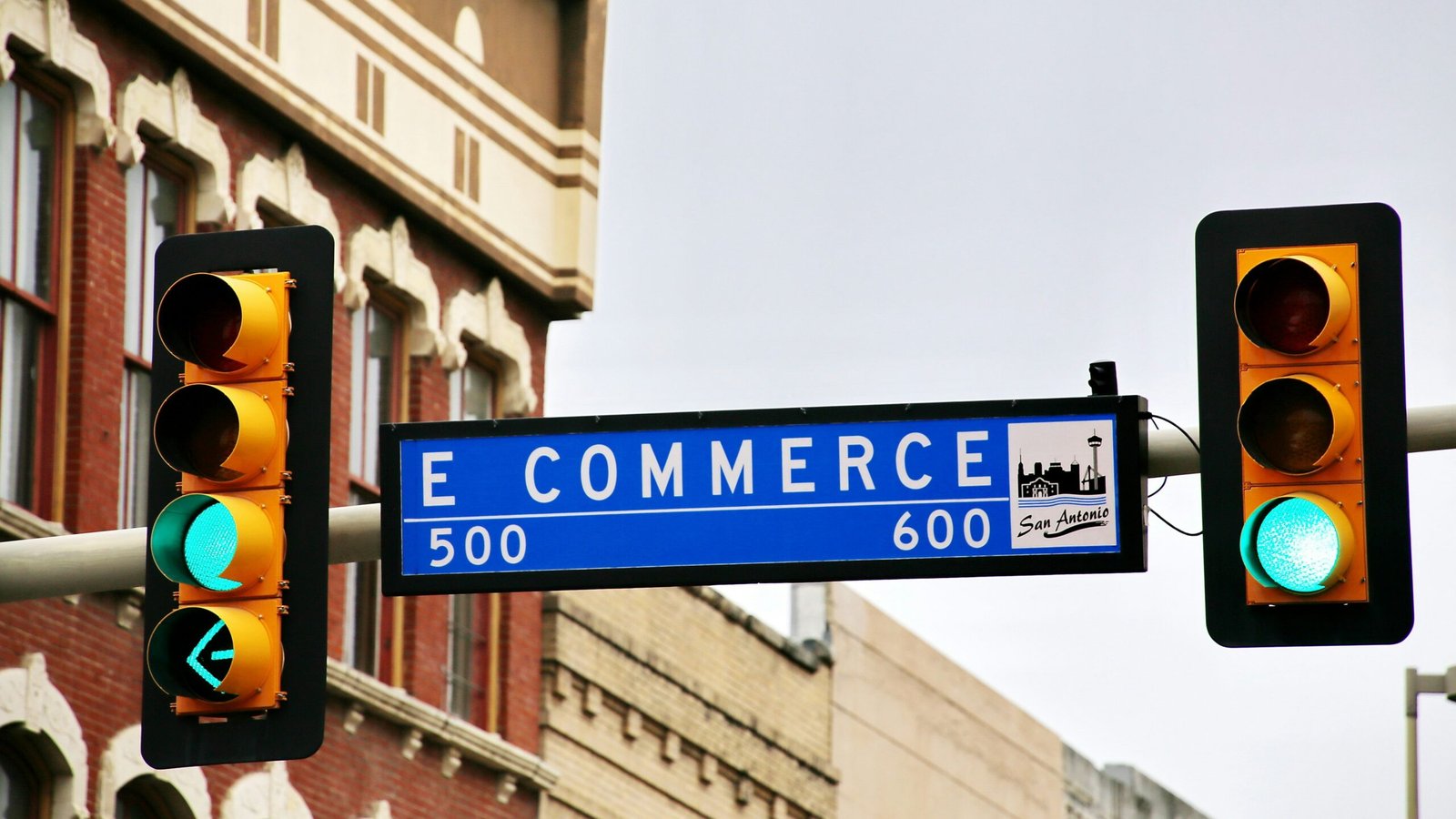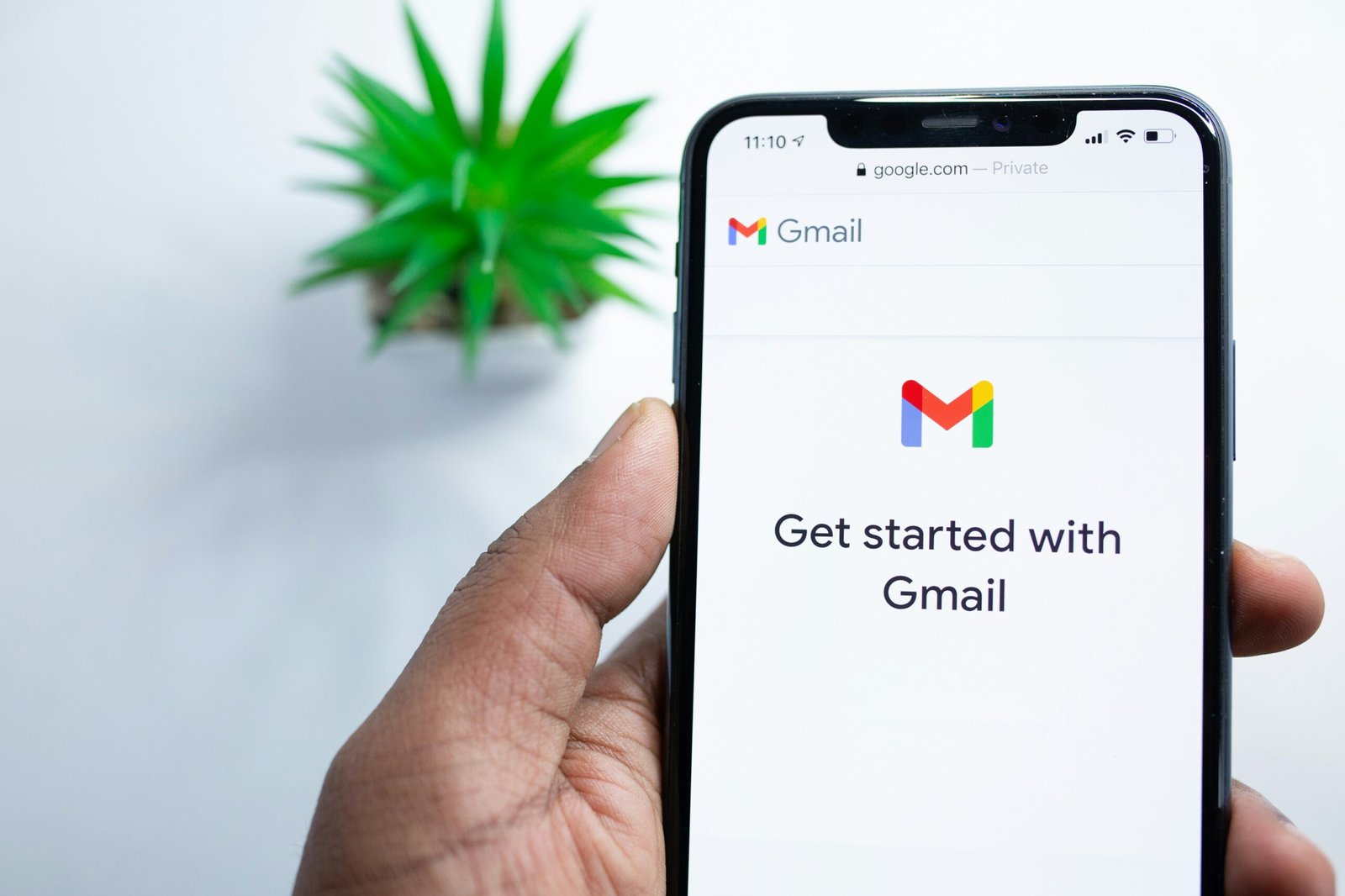Everything You Need to Know About Email Autoresponders and Funnels (Plus Free Resources to Help You!)
When it comes to email marketing, one of the most effective tools at your disposal is the email autoresponder. An email autoresponder is a series of pre-written emails that are sent automatically to your subscribers at predetermined intervals. This allows you to nurture your leads, build relationships, and ultimately drive conversions.
Why Use Email Autoresponders?
Email autoresponders are an essential component of any successful email marketing strategy. Here are a few reasons why:
1. Automation and Time-Saving
With email autoresponders, you can set up a series of emails once and let them run on autopilot. This saves you time and effort, allowing you to focus on other aspects of your business.
2. Personalization and Segmentation
An email autoresponder allows you to segment your audience based on their interests, behavior, or demographics. This enables you to send personalized and relevant content to each subscriber, increasing engagement and conversion rates.
3. Relationship Building
By delivering valuable content over time, email autoresponders help you build trust and establish a relationship with your subscribers. This increases the likelihood of them becoming loyal customers or clients.
Creating an Effective Email Autoresponder Funnel
Now that you understand the importance of email autoresponders, let’s dive into how to create an effective email autoresponder funnel:
1. Define Your Goals
Before you start creating your email autoresponder funnel, it’s important to define your goals. Are you looking to generate leads, nurture existing leads, or promote a specific product or service? Clearly defining your goals will help you structure your funnel accordingly.
2. Plan Your Content
Once you have your goals in mind, plan your email content accordingly. Each email in your autoresponder series should have a specific purpose and provide value to your subscribers. Consider including a mix of educational content, promotional offers, and engaging stories to keep your audience interested.
3. Set the Right Frequency
Deciding on the frequency of your emails is crucial. You don’t want to overwhelm your subscribers with too many emails, but you also don’t want to be forgotten. Find the right balance by testing different frequencies and monitoring the engagement and unsubscribe rates.
4. Use Personalization and Dynamic Content
Make your emails feel personal by using merge tags to insert your subscribers’ names or other relevant information. Additionally, consider using dynamic content to tailor your emails based on each subscriber’s preferences or past interactions with your brand.
5. Monitor and Optimize
Regularly monitor the performance of your email autoresponder funnel. Look at open rates, click-through rates, and conversion rates to identify areas for improvement. A/B testing different subject lines, email copy, and calls to action can help you optimize your funnel and increase its effectiveness.
Free Resources to Help You Get Started
Getting started with email autoresponders and funnels can be overwhelming, especially if you’re new to email marketing. Fortunately, there are several free resources available to help you get started:
1. Email Marketing Platforms
Most email marketing platforms offer free trials or free plans that allow you to explore their features and create basic email autoresponders. Some popular options include Mailchimp, ConvertKit, and Sendinblue.
2. Online Tutorials and Guides
There are numerous online tutorials and guides available that walk you through the process of setting up email autoresponders and funnels. Websites like HubSpot, Neil Patel, and OptinMonster offer comprehensive resources to help you get started.
3. Email Marketing Communities and Forums
Joining email marketing communities and forums can provide you with valuable insights and tips from experienced marketers. Websites like Reddit, Quora, and Warrior Forum have dedicated sections for email marketing discussions.
4. Webinars and Podcasts
Many email marketing experts host webinars and podcasts where they share their knowledge and provide actionable tips. Look for webinars and podcasts related to email marketing and automation to gain insights from industry professionals.
5. Blogs and Newsletters
Subscribe to email marketing blogs and newsletters to stay updated with the latest trends and best practices. Some popular blogs include Email on Acid, Litmus, and Campaign Monitor’s blog.
By leveraging these free resources, you can gain a solid understanding of email autoresponders and funnels and start implementing them in your own marketing strategy.
Conclusion
Email autoresponders and funnels are powerful tools that can help you automate your email marketing efforts, nurture leads, and drive conversions. By following the steps outlined in this article and utilizing the free resources available, you’ll be well-equipped to create effective email autoresponder funnels that deliver results.
Remember, the key to success lies in understanding your audience, providing valuable content, and continuously optimizing your funnel based on data and feedback. So, get started today and take your email marketing to the next level!







